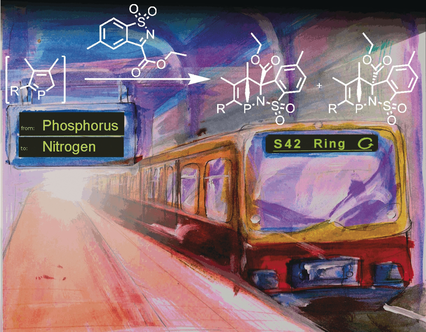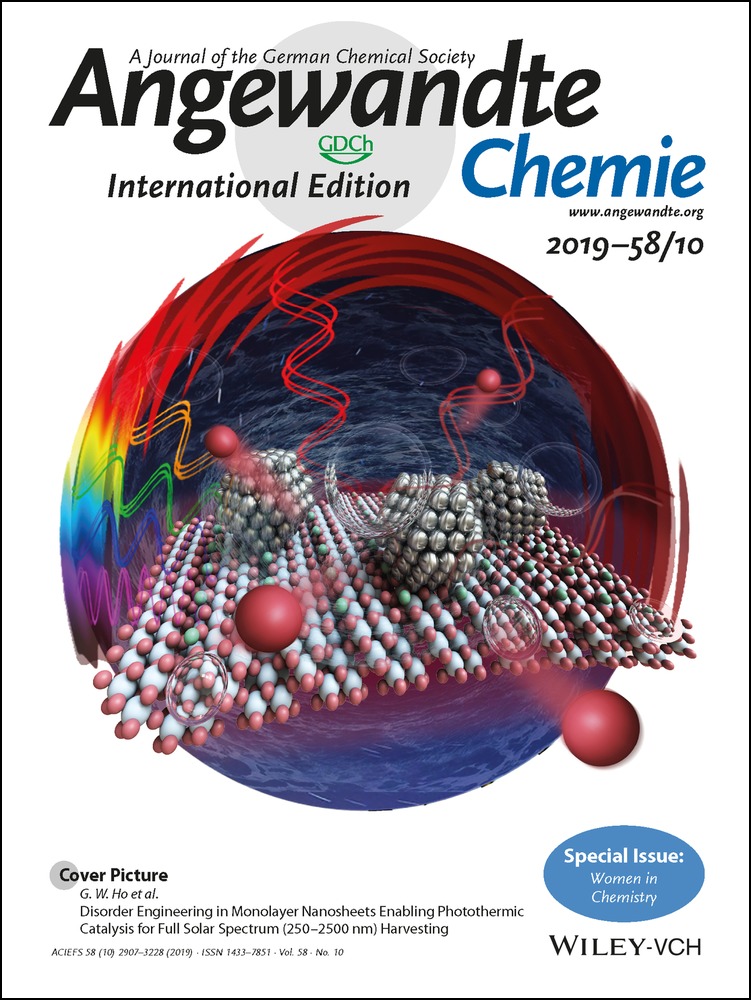Access to 1-Phospha-2-azanorbornenes by Phospha-aza-Diels–Alder Reactions
Graphical Abstract
Abstract
The unprecedented phospha-aza-Diels–Alder reaction between an activated electron-poor imine and 2H-phospholes yields 1-phospha-2-azanorbornenes in a highly chemoselective and moderately diastereoselective reaction. The intermediate 2H-phospholes, which act as dienes, are formed in situ from the corresponding 1H-phospholes. Theoretical calculations confirm that the phospha-aza-Diels–Alder reaction is of normal electron demand. The reactive P−N bond in 1-phospha-2-azanorbornenes can be cleaved by nucleophiles leading to the formation of 2,3-dihydrophospholes.





